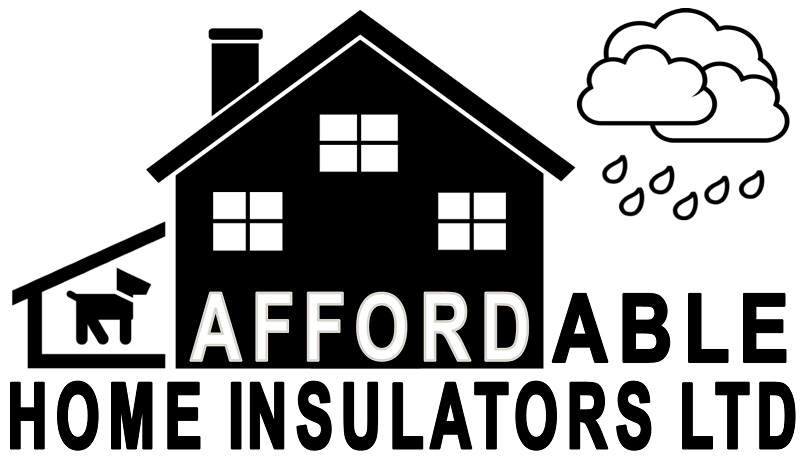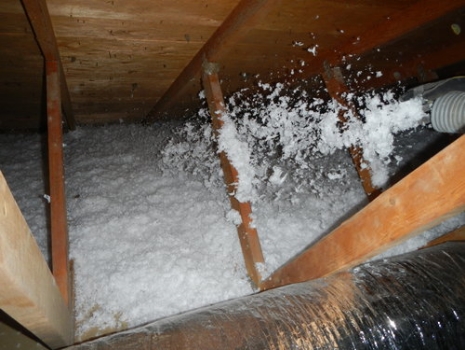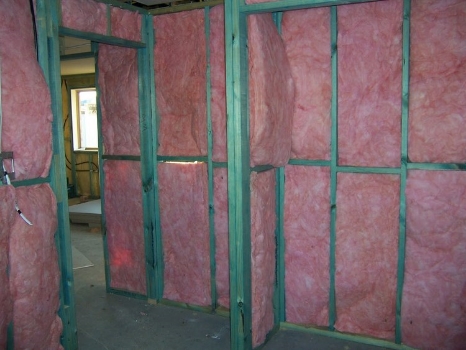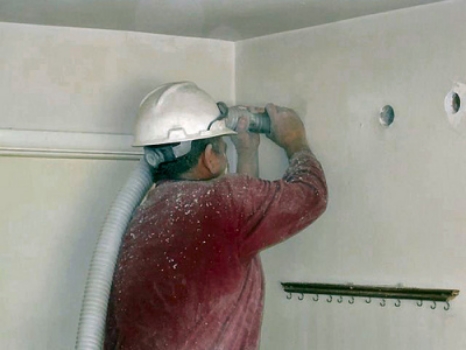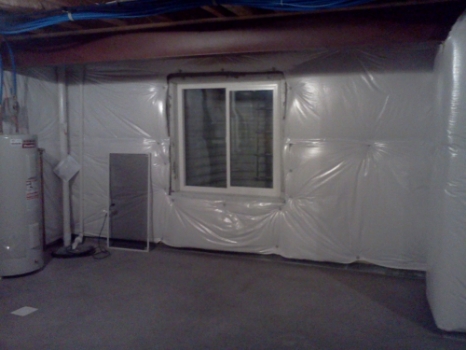Draft-Proofing Your Electrical Outlets
/The first rule in lowering your heating bill is to prevent cold air from getting into your house. We do this, of course, with insulated walls, ceilings, and floors. What happens, however, when you make a hole in that wall or ceiling or floor for some particular reason?
That's when you install something to fill up that hole like a window or door or vent. All of these are specially designed to prevent air infiltration, of course. Even then, you need to add weatherstripping and caulking to ensure that no cracks remain.
There's another category of holes we make in walls, where these holes don't go all the way through — these holes are for electrical outlets and light switches. The typical exterior wall in a house is made with 2"x4" or 2"x6" studs with sheathing and siding on the outside and sheetrock on the inside. Between the studs should be as much batt insulation as will fit snugly. Electrical outlets are then installed in a plastic box about 3" deep that is either shoved or cut into the insulation. Anyone who has worked with an electrician can tell you that electricians are not worried about insulation. For electrical outlets on exterior walls, there is typically little or even no insulation between the outdoors and the inside of the house.
